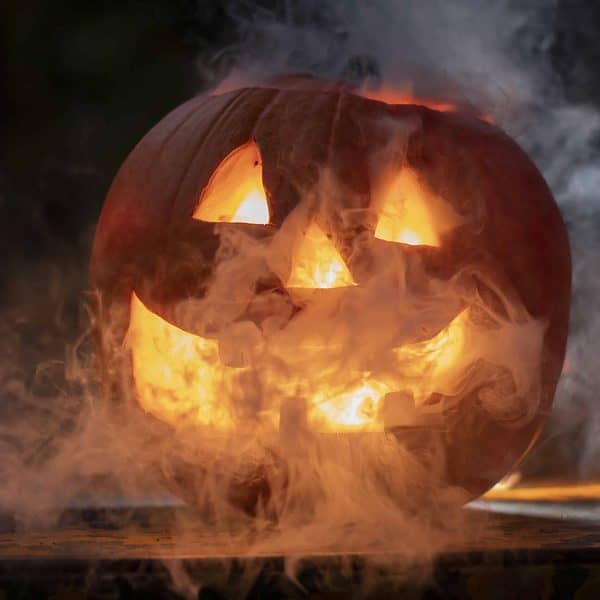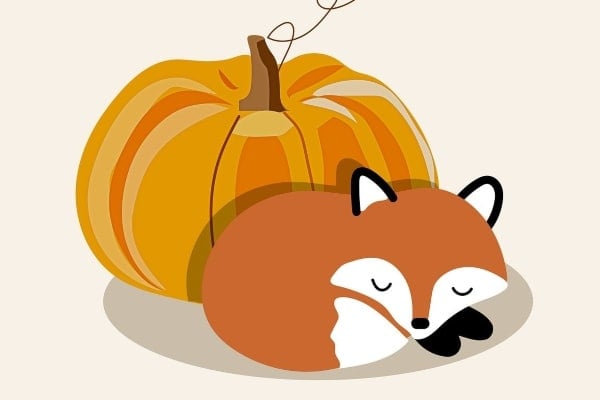
The season of pumpkins is upon us. It seems this fall-favourite vegetable (or fruit, depending on if you use the seed rule) has a way of perfectly blending in with everything. Pumpkin beer, pumpkin loaf, pumpkin tea, pumpkin soup and, of course, the infamous pumpkin spice. Personally, I am a huge fan of pumpkin anything, which is why I was curious to discover more about the relationship between pumpkins and Halloween.
The origins date back to eighteenth-century Ireland. There is a rather ghoulish folklore story about a man known as Stingy Jack. The story begins with Jack inviting the devil to have a drink with him. Afterwards, Jack did not want to pay for the drinks. So he used his cunning nature to trick the devil and convinced him to turn himself into a coin. The devil fell for it and became a coin. Rather than using the coin to pay for the drinks, Jack put it in his pocket next to a silver cross, which would prevent the devil from escaping and changing back to his original form.
After some time had passed, Jack decided to free the devil on the condition that he would not bother him for a year and would not claim his soul, should he die. After a year had passed, Jack continued his trickery. When the devil came for him, Jack climbed a tree and carved a cross so the devil could not get to him. He then made the devil promise him that he would not bother him (for 10 years) or try to claim his soul. Shortly after Stingy Jack died, God refused to allow such a trickster into heaven. The devil most certainly did not want him in hell.
As punishment for all of the tricks Jack played, the devil gave him a lump of lit coal and cursed him to wander the Earth for eternity. While wandering, Jack found a carved-out turnip and placed the coal inside and used it as a lantern. The Irish called this ghostly figure, Jack of the Lantern, or Jack-o’- lantern for short.
The Irish started to carve scary faces into turnips and place candles inside in order to scare away Stingy Jack. And when the legend of Stingy Jack spread to England, they carved out beets. In the 1900s, immigrants from the UK and Ireland brought this tradition with them. And when they came to the Americas, they discovered that pumpkins made the perfect Jack-o’-lantern.
Since pumpkins are harvested in the fall, and Halloween was already being celebrated in the Americas, it was a natural marriage between pumpkins and Halloween.
Now that you know about Stingy Jack, make sure to have a few Jack-o’-lanterns on your porch, to scare him away. No one wants to get conned by him again.




